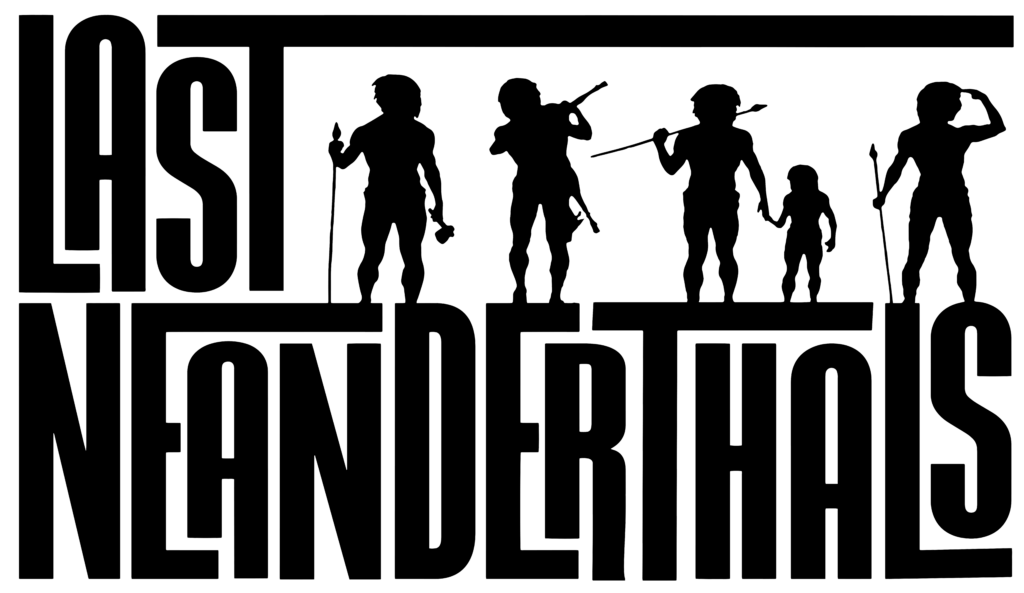activities
The LAST NEANDERTHALS project team and collaborators will investigate key aspects of Neanderthal life, including demographic structure, lifespan, birth rates, mobility, and subsistence strategies – with direct comparison to early Homo sapiens. A central goal is to explore potential interactions between these two human groups during their final millennia of coexistence.
Faunal remains from archaeological sites will be studied to reconstruct paleoecological conditions and understand patterns of animal exploitation. Unpublished human remains from several regions will be re-evaluated using advanced 3D digital methods to clarify their taxonomic identity.
Virtual dental histology will be applied to estimate biological indicators such as age at menarche and potential interbirth intervals. Isotopic and trace element analyses of bones and teeth will help reconstruct patterns of mobility, subsistence, and climatic seasonality – complementing paleoenvironmental data produced in the physical landscape studies.
Non-diagnostic bone fragments will be screened using Zooarchaeology by Mass Spectrometry (ZooMS) to detect possible human remains. These will undergo paleogenetic analysis to distinguish between Neanderthal and Homo sapiens. In addition, ancient human DNA will be investigated in sediments from selected archaeological contexts, providing a non-invasive window into hominin presence.

